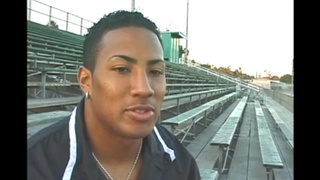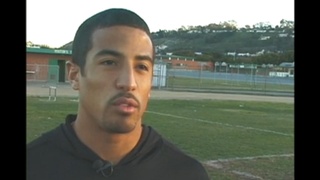Interviews
Marriage during anti-miscegenation laws
Somehow they talked my father into letting me get married. I was not ready to get married. That was not quite what I had in mind. I was engaged. Once we got carried away with everything, checking a place, we found out the closest place we could get married was New Mexico. The first town was Lordsburg, so we went there. Herbert’s, my father was there and mother and Herbert’s brother and Herbert and I. We found this minister and he said the church is being cleaned so we couldn’t get married in there, but he could marry us in the parsonage. There were laws against getting mixed marriages in California, Utah, Nevada, Arizona, Oregon, Washington, Montana. Again, I think they had more of the mixed people, Indians and Mexicans, but they listed all the people including Japanese and Chinese. You couldn’t even be half. Daddy worried about those things. It’s something I never worried about, never even thought about. That’s the thing, you figure you’re American till you’re American. That’s why it hurts in a way that I can't get a birth certificate. If I had been smart and looked fifty years ago, my uncle could have just written a letter. In fact, he wrote a letter for me, but it was too late, they wanted more proof.
Date: August 27, 2012
Location: Washington, US
Interviewer: Cindy Nakashima, Emily Anderson
Contributed by: Watase Media Arts Center, Japanese American National Museum with support of NITTO Tires Life History Project. Courtesy of the USC Hapa Japan Database Project.




